Tour lexicon
Baffled by the foreign terminology of the Tour? Procycling explains the key words and phrases. A...
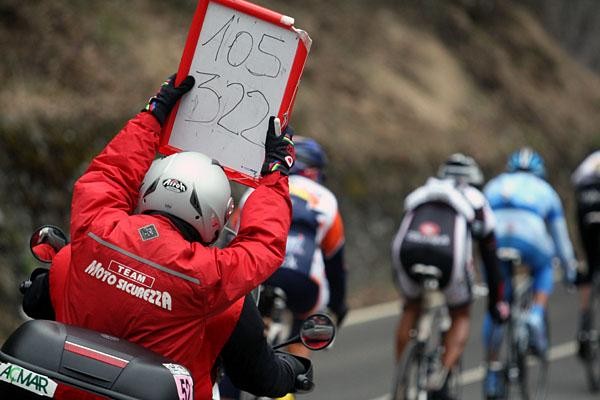
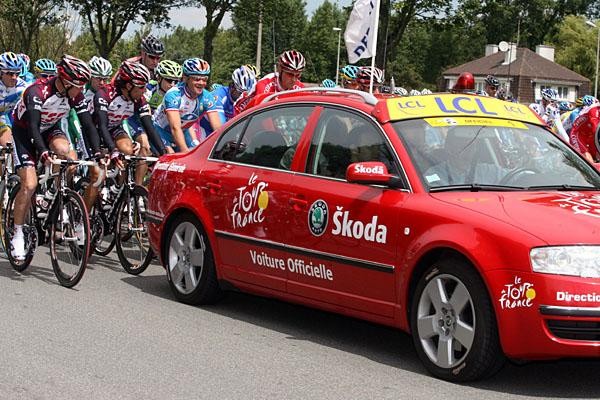
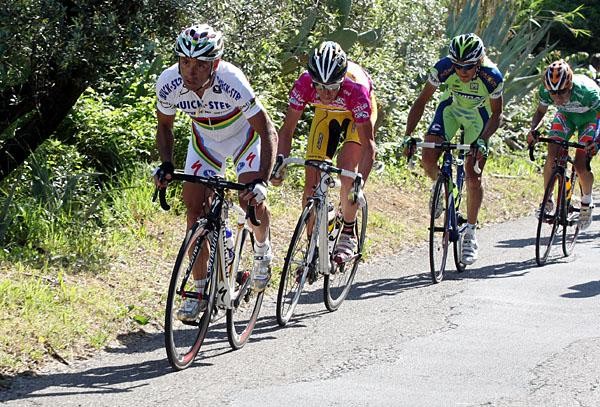
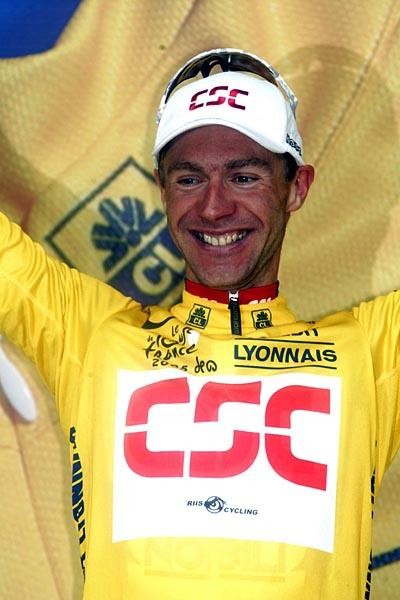
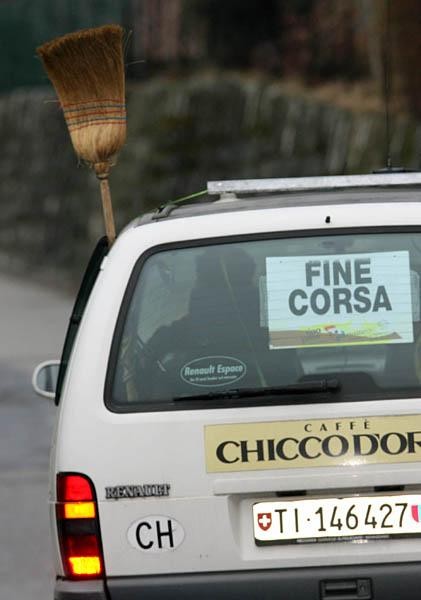
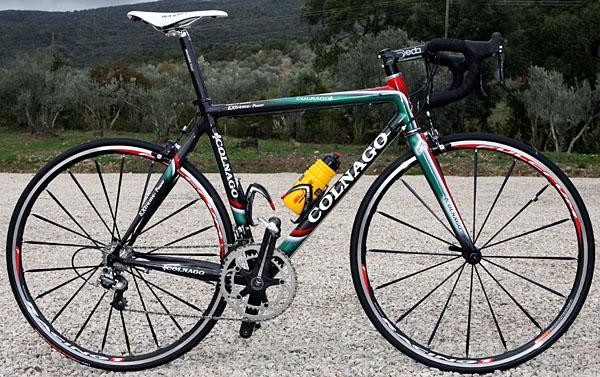






Tales from the peloton, July 3, 2008
Baffled by the foreign terminology of the Tour? Procycling explains the key words and phrases.
A bloc: English-speaking riders now tend to prefer to say they gave it "full gas" when describing their full-on effort at a crucial moment. A bloc is the French equivalent.
Ardoisier: The men on the motorcycles indicating the gaps between the breakaway groups and the peloton. They are still around but less useful in the times of race radio.
Autobus: See Gruppetto.
Baroudeur: Translates as a "battler" or "adventurer", and used by the French to describe those riders who spend large amounts of time and energy trying to escape from the peloton. CSC's Jens Voigt is the most effective baroudeur, the German having the nous and power to pick the right time for breakaway moves, so much so that many riders wait for Voigt to move and then go with him.
Bonk or knock: The former is guaranteed to get a guffaw from non-aficionados, the latter a look of mystification, but they are both bad news for cyclists who haven't eaten enough and find themselves dropping off the pace and even out of the race. Once riders have "bonked", they are sometimes said to have met "the man with the hammer". See Fringale.
Get The Leadout Newsletter
The latest race content, interviews, features, reviews and expert buying guides, direct to your inbox!
Bunch: See peloton. Flatter stages tend to end with bunch sprints, known in French as a sprint massif.
Caravane publicitaire: This precedes the race proper and is made up of a vast fleet of race sponsors' floats, manned by enthusiastic students throwing free corporate gifts out to the crowds, who can never get enough of them.
Casquette: The cotton cap that all pros used to wear, but which is seen less these days thanks to the compulsory helmet rule, although some riders still wear them under their helmets, especially on rainy or colder days.
Col: The French word for a mountain pass.
Commissaires: The officials appointed to ensure teams and riders stick to the rules of the race and sport. Fines and time penalties await law-breakers.
Contre la montre: Literally meaning against the clock, this is the French term for a time trial in which riders set off one at a time over a set distance. The fastest man wins. Distances in the Tour are typically around 60 kilometres, with a short prologue (typically less than 10km) sometimes preceding the first stage to get a general classification established. In 2008, there is no prologue and the first time trial is only 30 kilometres long.
Contrôle medical: Doping control carried out every day on nominated riders including the stage winner and race leader.
Cooked: The phrase Je suis cuit ("I'm cooked") is often heard on hot days and tough stages. Speaks for itself.
Départ: The stage start divides into two separate points. The départ fictif takes place next to the village départ, the start village where the riders are presented and VIPs and hospitality guests gather each morning. This first section is neutral, e.g no rider is allowed to pass the race director's car. The départ réel is the point where race director Christian Prudhomme drops the flag to signal the actual start of the day's racing.
Directeur sportif: Basically the team manager, although most teams have a separate team manager who deals with budgets and logistics. The directeur sportif is a little more hands on, is often an ex-pro rider, and is therefore ideally equipped to dictate team tactics to his riders via their earpieces from the following team car, which is fitted with a TV so that he can follow the action. Of course, he'll be driving and map-reading too, which just shows that there are some men out there who can multi-task - well, some 20 anyway.
Domestique: The "helper" on a team, i.e. not the team leader, main sprinter or star climber. Domestiques will shelter their team-mates from the wind, go back to the team car to collect extra bidons (water bottles), chase down attacks, and sometimes get to attack themselves in an attempt to grab a stage win. They are the pawns in cycling's game of chess. In some languages also known as water-carriers.
Echappée: A rider, or group of riders, who attack from the peloton and build up a lead in a breakaway. They will, of course, want to stay away, but whether they do so depends on how well they co-operate and how well the peloton co-operates in any attempt to chase them down.
Feed zone: See Zone de ravitaillement.
Chute: No one likes to see a "crash", but who can avoid gawping at them? Thankfully, cyclists aren't like footballers and tend to get up pretty quickly unless there is actually something wrong with them.
Bidon: A plastic water bottle, which riders are now being told they cannot simply toss away when they're empty. In these greener times, they are encouraged to throw bidons towards fans, who cherish them as souvenirs. Keep an eye out for the Coca-Cola-branded motorbike with a rack full of filled bottles offering refreshment to breakaway riders.
Finisseur: A rider who has both the speed and power to attack the peloton in the final kilometre of a stage and stay away on his own, such as reigning world time trial champion Fabian Cancellara.
Flamme rouge: The "red kite" that marks one kilometre of the stage left to race and is suspended over the road from a large, inflatable arch.
Fringale: The French term for the "bonk." Riders affected may end the day in the gruppetto or even the voiture balai.
Grimpeur: A specialist climber, such as Juan Mauricio Soler, who can attack and go clear of his rivals on the steepest gradients. This talent is usually counterbalanced by a chronic inability to time trial, which means pure climbers tend to focus on competing for the King of the Mountains jersey or stage wins.
Gruppetto: Literally translating from Italian as "little group", this is the last pack of riders on mountain roads, usually made up of sprinters, domestiques and team leaders who are having a bad time and want somewhere to hide. Known in French as the autobus, which paints a fitting picture of riders clubbing together in an attempt to make it to the finish ahead of the time limit. Riders who finish outside the time limit - worked out as a percentage of the stage winner's finish time - are disqualified from the race, so the autobus is "driven" by a rider who has experience of working out the tempo they need to maintain to make it home inside the limit. The bigger the autobus the better the chances the organisers may retroactively change the time limit to avoid taking out half the peloton.
Lâché: A rider dropped by the peloton is lâché. In the event of a key rider on a team being lâché, some of their team-mates will have been designated to drop back and help them get back up to the group by pacing them in their slipstream.
Lanterne rouge: The last rider in the overall classification. The name derives from the red light on the last carriage of a train, but there is a certain honour to be had from managing to finish the race, albeit last.
Lead-out man: See poisson pilote.
Maillot à pois: The red and white polka-dot jersey, awarded to the King of the Mountains, with points awarded at the top of each climb. The harder the climb, the more points, with double points on climbs that host a summit stage finish.
Maillot jaune: The Tour's famous yellow jersey, worn by the leader of the overall classification, calculated by accumulated time.
Maillot vert: The green jersey, worn by the leader of the points classification. The jersey rewards the race's most consistent finisher, with points awarded at the end of each stage. The prize is tilted towards the sprinters as more points are available on flat stages.
Maillot blanc: The white jersey, awarded in the same way as the yellow jersey, but to the leader of the young rider competition - riders aged 25 or under in the year of the race. A young rider may also find himself in the yellow jersey, which takes precedence over the others in order of importance, followed by the green, polka-dot, then white jerseys.
Musette - A cloth bag containing the foods for the riders. Given out at the feed zone. It has a long handle so riders can hang the bag around their necks while transferring the goodies to their back pockets.
Off-day: Known in French as un jour sans, literally "a day without", these have to be avoided if a rider wants to have any realistic hopes of winning the overall title in Paris.
Peloton: The main bunch, or group of riders.
Poisson pilote: Often an up-and-coming or veteran sprinter, the "pilot fish" leads out a star sprinter, keeping the pace high at the front of the peloton to prevent any last-minute attacks from finisseurs, before swinging out of the way in the last few hundred metres, leaving his team-mate to come out of his slipstream and battle for the win.
Puncheur: These riders are blessed with explosive acceleration and usually make it count on short, but steep gradients with sudden attacks. Often, they can trouble the top sprinters, but have the staying power to keep up with the top climbers for a considerable distance. World champion Paolo Bettini is the ultimate puncheur.
Rouleur: Literally a "roller" - a rider who can turn a big gear for a long time on flat and rolling terrain. Every team has three or four rouleurs as domestiques. Their job will be to protect their leader by chasing down breaks and keeping him out of the wind. When he's not in baroudeur mode, CSC's Jens Voigt is the ultimate rouleur.
Voiture balai: Known as the broom wagon in English, the voiture balai "sweeps" up the riders left struggling at the back of the race who eventually decide to retire. It's more of a tradition these days (in some races, the vehicle even still sports a broom), as riders who quit tend to get into their team cars instead, but images of riders in tears, having their race numbers unceremoniously torn from the back of their jerseys by race officials, have provided some of the most infamous moments of the Tour.
Wheel-sucker: A rider who refuses to cooperate with pace-making and instead constantly rides in the slipstream of others, thus saving energy while irritating his rivals. Also used as a term of abuse. Sometimes accepted as a valid means of a team's tactics, depending on the race situation.
Zone de ravitaillement: The "feed zone" often comes around halfway through the stage, where, without stopping, riders grab musettes full of food from the soigneurs at the side of the road.
Soigneur: From the French verb soigner meaning "to take care of." Also known as a team assistant these days, the soigneur's job entails tasks as diverse as preparing food for the riders, driving the team's spare vehicles and providing massages, although these days the daily massage is often taken care of by a qualified physiotherapist.
What a ride!
The bikes ridden by the Tour's peloton are worth around $10,000 a pop. And boy, are they light. Almost all of them are close to the International Cycling Union's minimum weight limit - implemented for safety reasons - of 6.8kg. The secret is in the environment-ruining quantities of carbon used.
Saddle and seatpost: A carbon seatpost helps keep the weight down, and often makes up for the weightier saddles riders often plump for: they've got to sit on this for three weeks, and have their own preferences as to the amount of padding. Some riders' saddles are years old! This is the one area where comfort can't be neglected in favour of reduced weight.
Components: Shimano, Campagnolo or SRAM are the three gearing and braking choices for the Tour's teams. They are all operated by levers on the handlebars - no down-tube levers these days! Plentiful use of carbon helps reduce weight.
Frame : Carbon fibre frames are the choice for most, although a few riders in the peloton still prefer the added stiffness that a top-quality aluminum frame provides.
Bars and stem: Sometimes carbon fibre, sometimes aluminum, depending on rider preference - carbon components used to snap in the "old" days...
Wheels: Carbon has found its way to wheels, too, in recent years, but many riders still prefer the surer braking surface of aluminum on mountain descents.